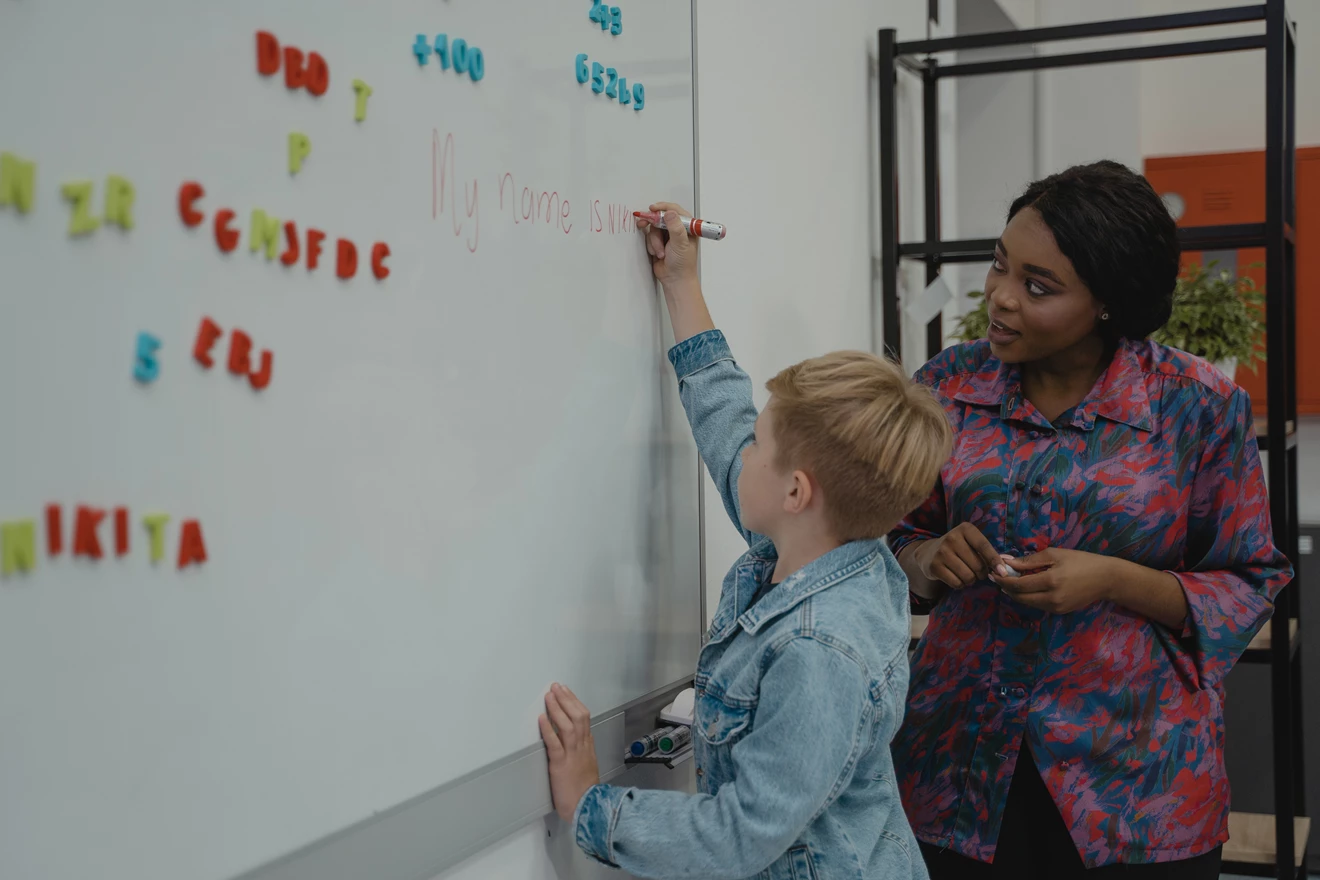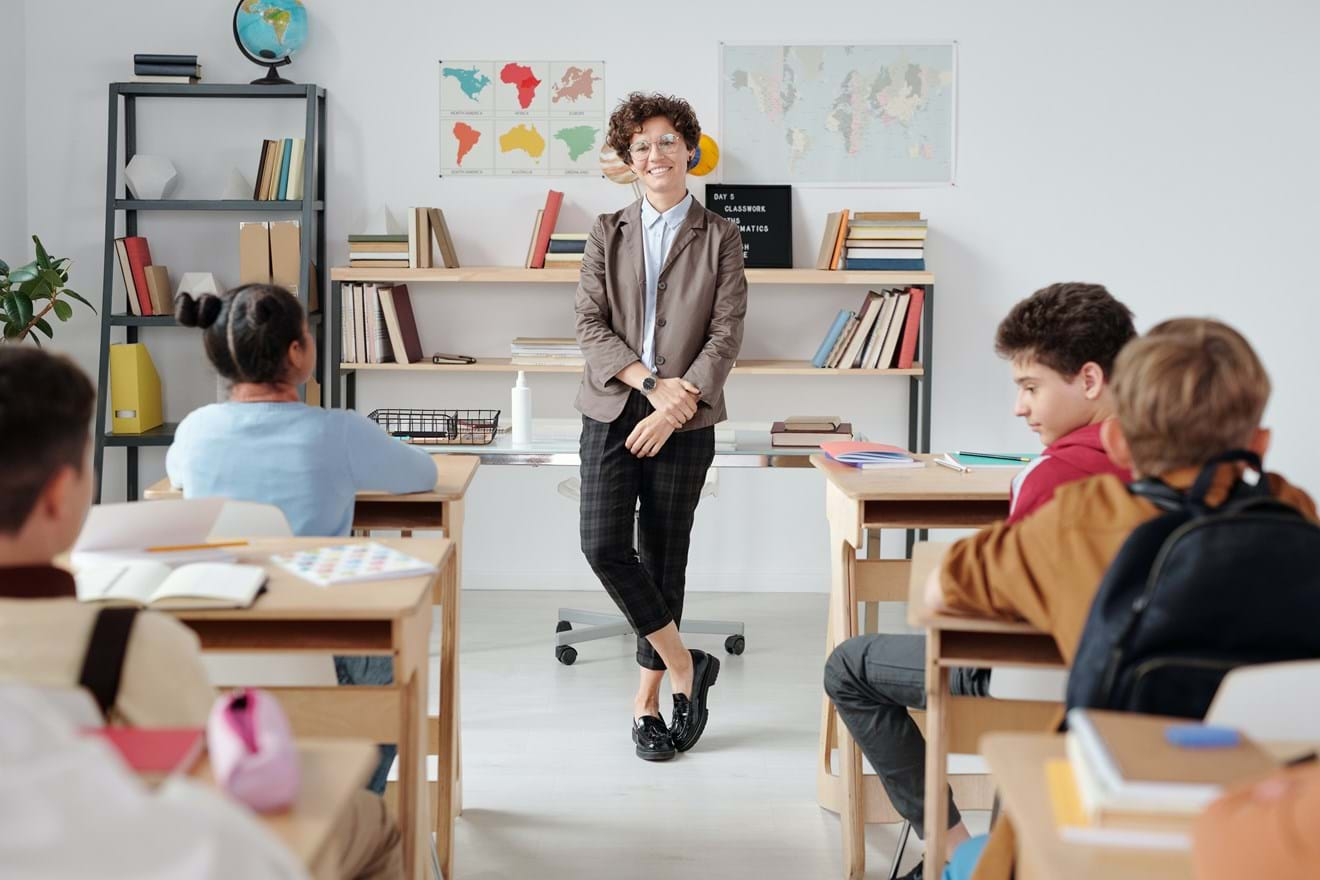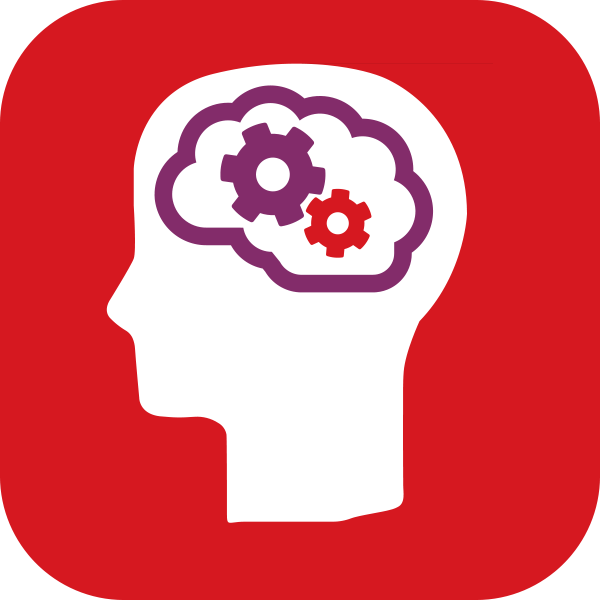“ ”
Data on transition
The move to secondary school means major changes for all students, changes that can affect their attainment and wellbeing. The senior team at Whangamata were keen, therefore, to ensure a smooth transition and be able to quickly gain a picture of their incoming students’ abilities as well as assessing the developing learning needs across the cohort.
As students join the school with diverse prior learning experiences and a variety of achievement measures, the team were looking for an assessment tool that would allow them to understand each student’s potential and provide them with baseline data to inform the school’s strengths-based learning model.
Bronwyn Baxter, Learning Support Coordinator at the school, tells us more: “I have a passion for neuro diversity and what it looks like in the classroom – so having a background in this, I wanted to find an assessment that could be used to understand our students’ strengths and to identify those who need additional learning support. I also wanted a tool that would improve our teachers' understanding of each student and provide them with strategies to support students both individually and in groups.”
Bronwyn looked at GL Education’s Cognitive Abilities Test (CAT4). CAT4 is an assessment of developed abilities in four key areas known to make a difference to learning and achievement – verbal, non-verbal, quantitative and spatial reasoning. It provides schools with an accurate analysis of potential student achievement and gives them instant reporting to help understand what a child is capable of, as well as identifying students who have the potential to achieve more and those who may need support in certain areas.
Bronwyn explains: “I was exploring what other schools were using who had a similar student make-up to us. We’d used GL Education’s LUCID screeners and Exact previously, and I’d read some case studies on the GL Education website that showed how schools were using CAT4 to identify academic needs and students’ strengths.
“We took the decision to go ahead and started using CAT4 in January 2020. In the first year we used CAT4 in Year 5 and Year 9, but after that we decided to focus on using it with our Year 9 at transition.”

“ ”
Developing data-driven dialogues with teachers
CAT4 is now used with all Year 9 students – both those who have been at the school through the primary years, and those who are new to the school.
After administering the assessments, Bronwyn uses the detailed instant reports to review the results. She then breaks down the data into a PowerPoint that is shared with all of the teachers. This looks at the results at an individual student level – showing the student’s strengths for each of the different batteries and facilitating discussions and strategies to support the school’s ethos of strengths-based learning.
Bronwyn explains: “When I present the PowerPoint to the teachers, this kicks off those rich dialogue discussions about the data and in-class strategies of where to go from here. The teachers really enjoy being able to sit together and have conversations to look at what strategies can support each student.
This is also the point at which those students who need learning support are identified. Bronwyn explains: “I’m able to identify the students who may have potential issues – these are the ones that, as Learning Support Coordinator, I track and dig deeper into. By doing this we have been able to spot issues early and put in place support where needed. For example, we had two students diagnosed as dyslexic, which we wouldn’t have picked up otherwise. We also found some students who had issues with their working memory, so were able to bring in programmes to support them.”
Alistair Luke, Principal at the school, adds: “We asked our teachers to take the test themselves when it was first introduced – so that they could experience it and begin to engage with the data. They could see their own reports, which was interesting! Teachers on the whole were verbally biased, and our Year 9s have tended to be spatially biased – so there was an aha moment where they could unpack that conflict for themselves.”


The initial impact
The first year was a learning curve for all the team, taking time to get the teachers used to the reporting and the best ways of implementing the results.
The data is already helping to support the school’s mission to provide personalised learning for all students, based on a strengths-based approach. They have begun to implement a range of strategies, based on their findings.
Bronwyn tells us more: “We have a number of students who scored higher in spatial but low in verbal – so we’ve created a smaller maths class which is based around spatial activities as opposed to more traditional in-class teaching. So this group are outdoors more and their learning activities are very practical rather than within the classroom. This keeps the kids engaged and helps them to enjoy their learning as we’re playing to their strengths.
“The data is particularly useful for those students who are new to the school – and in some cases I’ve been able to go back to their previous school and ask for more information on certain aspects so we can support them best at our school.
“We’re creating individualised learning programmes for the lower learners, based on their strengths – and for next year I’d also like to put in place a gifted and talented programme for students who have, for example, higher verbal scores.”
Sharing data with the students
The school has also begun to share the data with students, via the Individual Reports. This is done during group literacy sessions, where Bronwyn talks about the different strengths and supports the students in understanding how they can use the information to support their learning. This provides a formal way for the school to involve students in their strengths-based ethos, supporting self-reflection and helping them to take ownership of their learning.
Alistair explains more: “Our confidence has grown and we have been able to share the student reports with the young people. I like the fact that it’s very positively framed – the narrative gives them a clear outline of the things they are good at, even if relatively speaking they are well below average in every domain.
“The narrative that the students get is very affirming of their capacity to learn. For a student who is potentially arriving at secondary school with some learning anxiety, being able to see ‘I’m actually quite good at some things’ is hugely important. This can only grow as staff become more comfortable with helping students unpack their own personal narrative.
“The students really enjoyed seeing their reports – looking at the subjects, and what they might do really well in. It also gave them a voice, so they could say to their teacher ‘I’m good at this, so what can I do’. They could see if, say, their verbal was higher that they enjoyed their reading. Or that they prefer material presented to them in a certain way. It supported discussions around how they receive their learning.
“We also get a really rich cohort narrative, so we can understand at a cohort level what relative strengths are coming in. And over time we’ll have some really rich longitudinal data on whether we have cohort to cohort diversity or whether there are some trends and patterns that we should look at and be aware of.”

“ ”

Developments for the future
Going into the third year of using CAT4, the school are going from strength to strength. They now plan to deliver the assessments at the end of Year 8, so that they have the data available right from the start of the new academic year.
Bronwyn explains: “In the first two years we did the assessment in the first few weeks of the new school year, but for our third year coming up we’re going to do the assessments at the end of Year 8. This means that we’re working with our feeder primaries to do the testing and can get the data before the year starts, allowing us to identify needs at an earlier point.”
Alistair adds: “We’re moving the test point so that we’re able to have these discussions earlier and have the information for our pre-student arrival days at the start of the year. This will allow our teachers to have the strengths-based narrative right from the beginning, so the initial interactions with every student are very positive and based on pre-understanding of what students are bringing to the table.”
In summary
The school has already seen the positive impacts of the CAT4 data. It’s supporting them with planning and evaluating what the new cohort needs, helping them to focus their efforts to build on strengths and support areas for development.
Alistair explains: “If you want a product that is going to help you understand your students as learners then CAT4 is the best one I’ve seen for that purpose. It gives you some very rich strengths-based, aspirational information about what even your most challenging learners might be capable of, given the right set of teaching and learning conditions.
“You need to be up for the challenge of trying to create those conditions for as many students as possible, but the key thing is that it’s helping you to understand your learners and then plan and adjust accordingly.”

